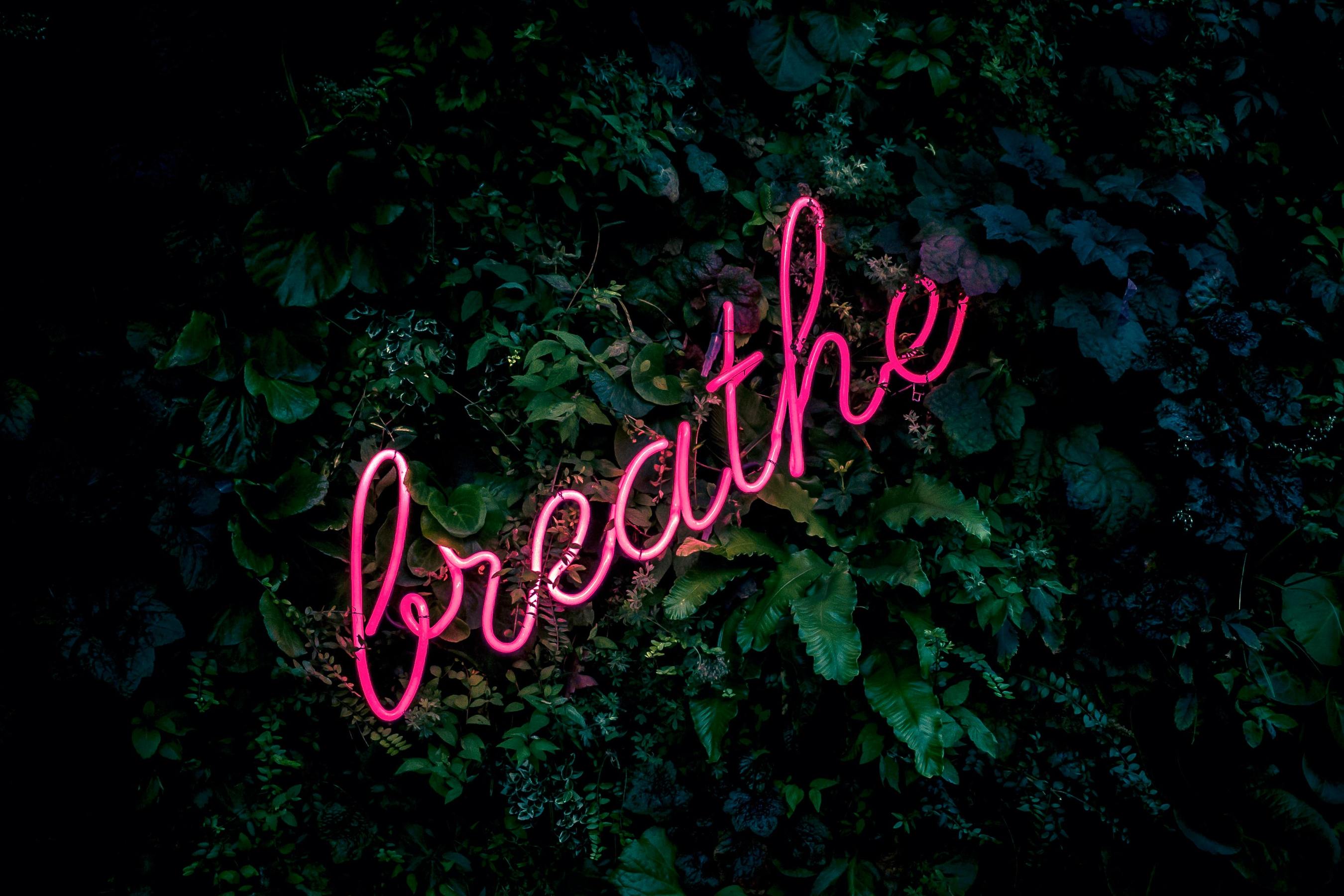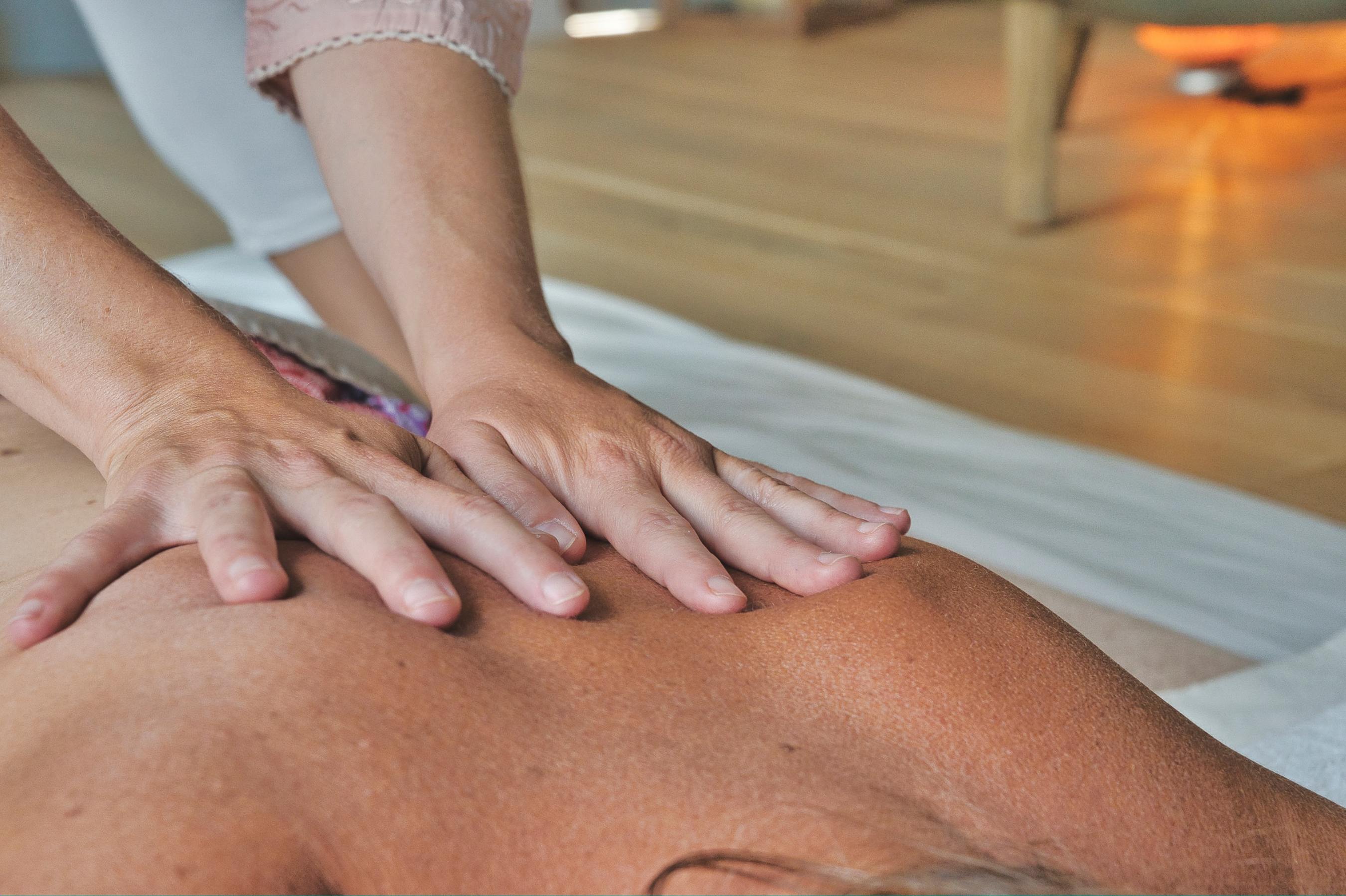As the weather transitions from warm and sunny to dark and chilly, you may start to feel the effects of this change in your body. If you find yourself worrying about the oncoming cold and flu season, getting regular massages is an excellent way to stay healthy and boost your immunity.
Here’s how massage can help
1. Reduce stress
One of the main benefits of receiving a relaxing massage is stress reduction. Stress exacerbates any condition you may already have, which is why it’s generally harmful to your immune system. Massage helps prevent and/or lessen symptoms of stress, such as anxiety, sleep issues, or a compromised immune system. Being less stressed out is the most effective way to diminish your chances of getting sick. The more well rested and clamer you are, the easier it is for your body to fight off viruses and infections.
2. Increase blood circulation
Massage increases blood circulation, which boosts white blood cell activity. White blood cells are the soldiers of your body whose job it is to battle against unknown substances in your system to keep you healthy. When you have more white blood cells, your immune system is more efficient at fighting infections and your chance of becoming sick decreases.
3. Ease breathing issues
Colds and flus can have a devastating effect on the respiratory system and cause various breathing issues. Massage aids in opening and draining the sinuses which reduces nasal congestion and enables you to inhale more oxygen into your lungs with each breath. This causes your blood pressure to decrease and your heart rate to slow down, calming and relaxing you.

Massage increases diaphragmatic breathing by working directly on the diaphragm and the other accessory muscles of inhalation/exhalation. The accessory muscles (the external intercostals, the scalenes, sternocleidomastoid (SCM), pectoralis major, and trapezius) are assistants to the primary muscle of breathing — the diaphragm. When these muscles are working smoothly and efficiently, breathing is easy. When these muscles are dysfunctional, breathing can be difficult and uncomfortable. If these accessory muscles are being recruited more than necessary you may find yourself breathing in an inefficient way (such as mouth breathing which results in shorter more labored breaths).
One way to identify if this is the way you are taking in oxygen is to pay attention to your neck and shoulders when you inhale. If they rise up when you are inhaling it means they are working more than necessary and potentially creating extra tension in your neck and shoulder muscles. Massage helps encourage the accessory muscles to work in tandem with your diaphragm instead of overcompensating for it.
4. Improve lymphatic circulation
Manual lymphatic drainage techniques improve lymphatic circulation which helps your immune system become more efficient at flushing waste and toxins from your body and reduces congestion. The lymphatic system helps the body maintain proper blood circulation, body fluid balance, and immune functions. In addition, it is a slow, light, and gentle treatment which is quite soothing to the mind and body and promotes healing.
Already feeling unwell?
Combining massage with acupressure can help ease pain, pressure, and other sinus symptoms. There are numerous points in the face and head that promote sinus drainage, making it easier to breathe deeply and efficiently. Some of these points may cause mucus to be expelled through the nose and/or mouth. Manipulation of these points improves your body’s immune function and helps promote wellness overall.




